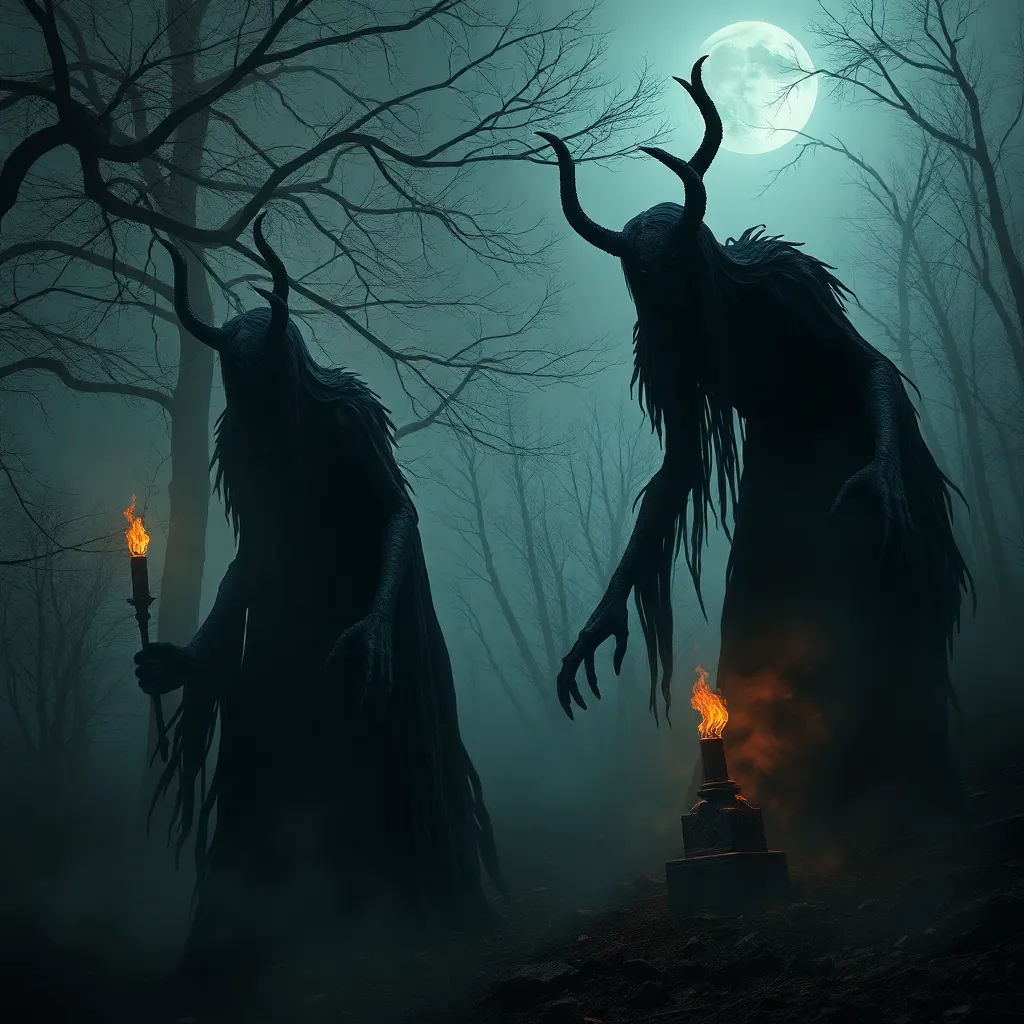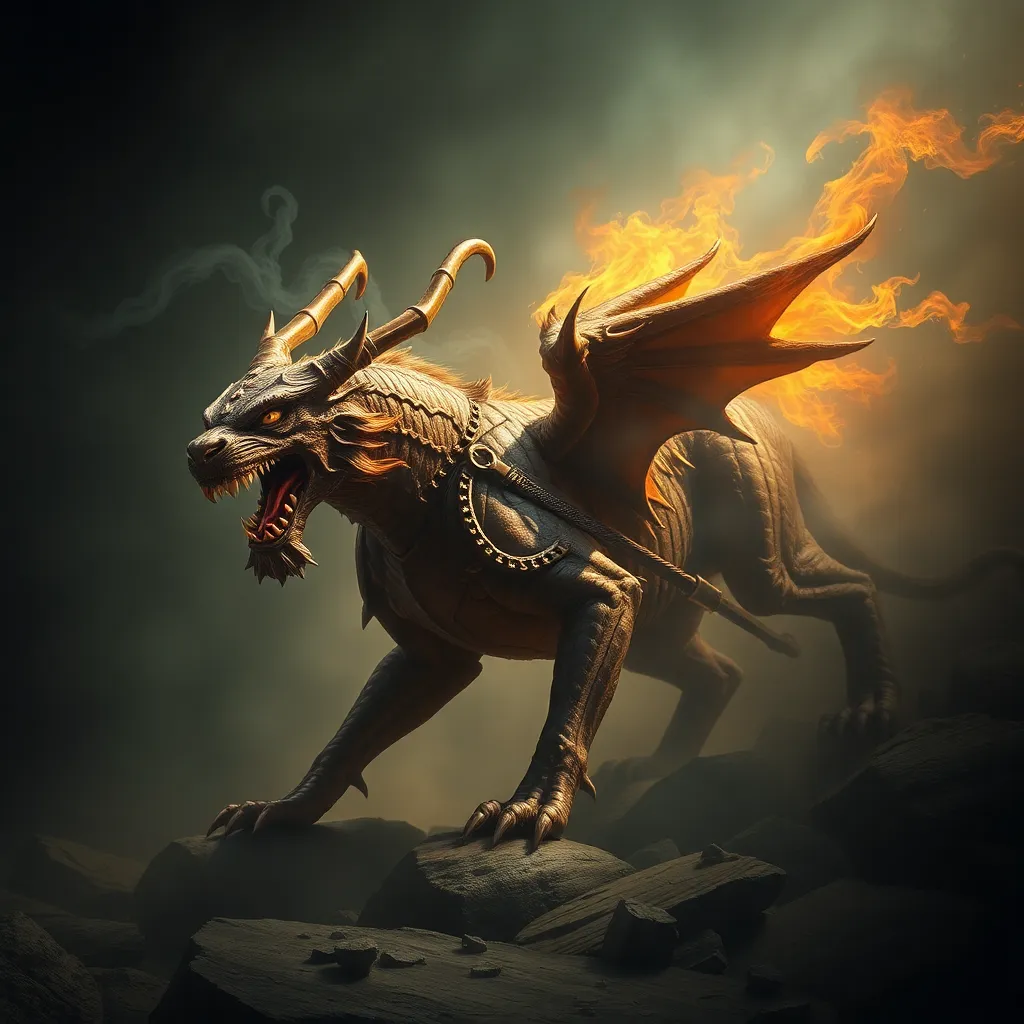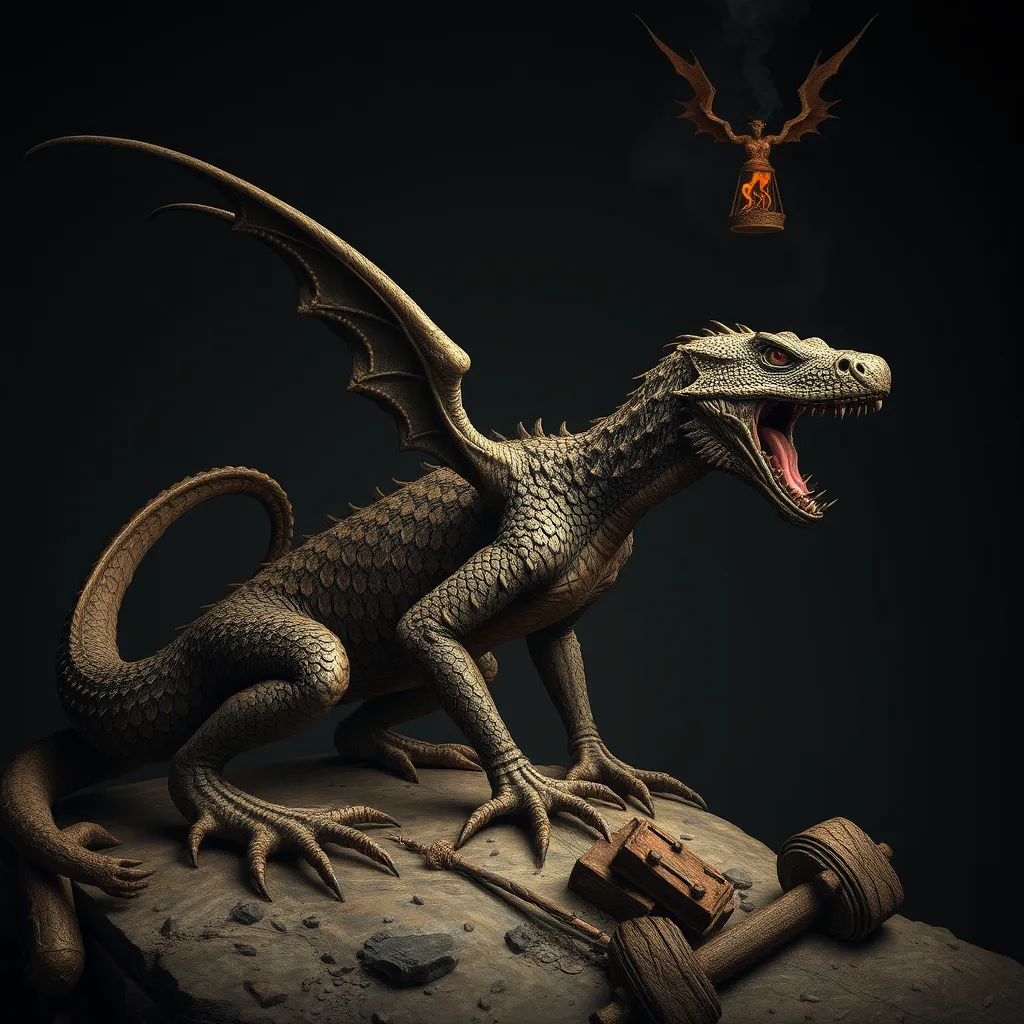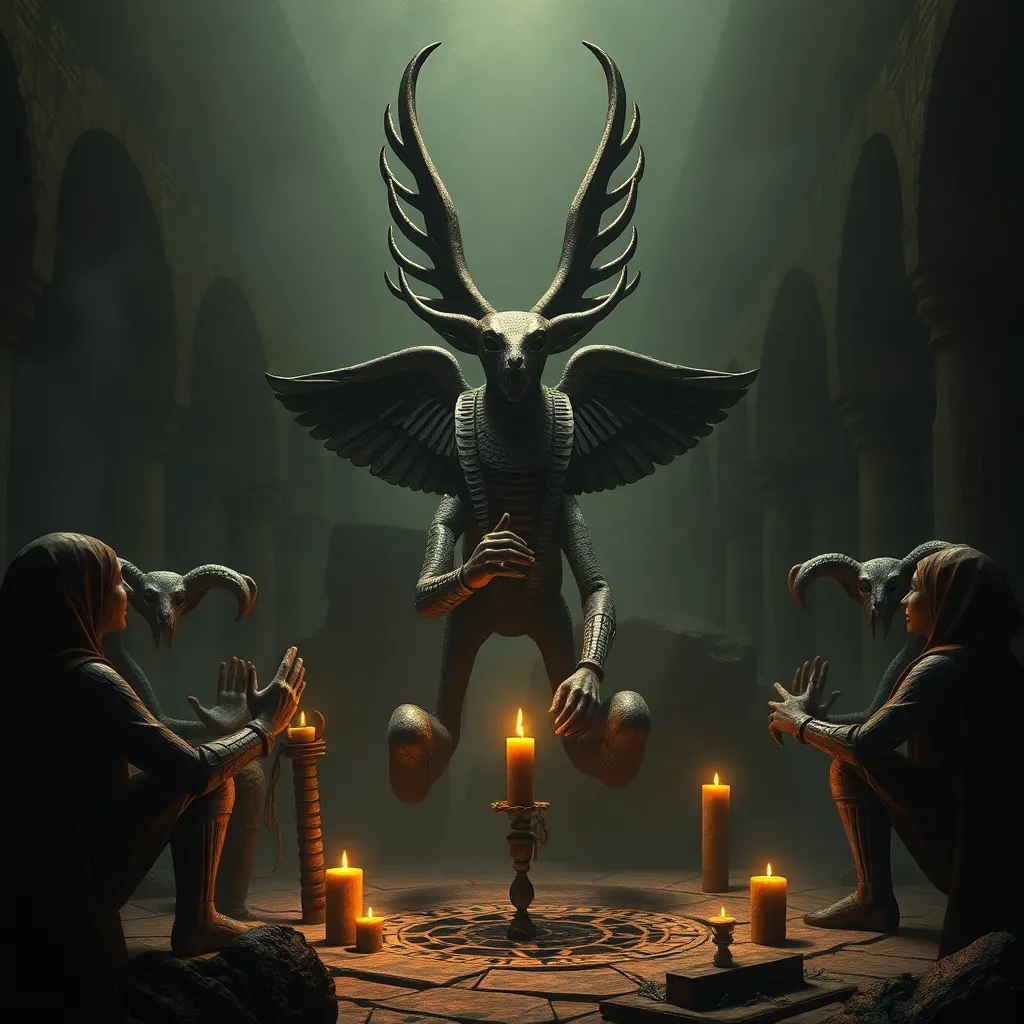The Nightmarish Revenants: Examining the Strigoi and their Role in Romanian Folklore
I. Introduction
The Strigoi are a captivating and fearsome aspect of Romanian folklore, embodying the fears and superstitions of a culture steeped in tradition. Defined as the restless spirits of the dead, Strigoi are believed to rise from their graves to haunt the living. These revenants hold significant cultural weight in Romania, representing an amalgamation of ancient beliefs, societal fears, and the region’s historical context.
This article aims to explore the origins, characteristics, and enduring presence of the Strigoi in both historical and contemporary Romanian culture, shedding light on their role as a powerful symbol of fear and folklore.
II. Historical Context of Strigoi
The legend of the Strigoi can be traced back to ancient times, with roots in the pre-Christian beliefs of the Dacians, the ancestors of modern Romanians. These early beliefs regarding the afterlife and the spirit world laid the foundation for the tales of the Strigoi.
Throughout history, various events influenced the evolution of the Strigoi legend. The spread of Christianity introduced new narratives about sin and redemption, intertwining with local superstitions. Additionally, periods of social upheaval, such as wars and epidemics, often led to an increased belief in the supernatural, as communities sought explanations for their suffering.
When comparing Strigoi with similar revenant myths across Europe, one can observe notable parallels. The Slavic Upir, the English Vampire, and the Irish Banshee share common threads with the Strigoi, highlighting a universal fascination with the undead and the fears associated with death.
III. Characteristics of Strigoi
Strigoi are often depicted with distinct physical characteristics and behavioral traits that set them apart from other undead entities. Common descriptions include:
- Pale skin, often described as corpse-like
- Long, unkempt hair
- Red eyes that glow in the dark
Behaviorally, Strigoi are known for their malicious tendencies. They are said to drain the life force from the living, causing illness and misfortune. Their abilities often encompass:
- Shape-shifting into animals, particularly cats or dogs
- Flying or hovering above the ground
- Returning to the graves of their loved ones
Strigoi differ from other undead entities, such as vampires, in that they are often seen as more connected to the realm of the living, acting out of jealousy, vengeance, or unfulfilled desires.
IV. Strigoi in Romanian Folklore and Literature
Strigoi have permeated Romanian folklore through countless folktales and oral traditions, often serving as cautionary figures warning against moral transgressions. Stories of Strigoi are commonly told during gatherings, especially in rural areas where tradition remains vibrant.
In literature and art, Strigoi have been represented as both monstrous and tragic figures. They have inspired various works, from traditional ballads to modern novels, where they are portrayed with depth and complexity. Notable representations include:
- The tales of “The Strigoi” by Romanian author Mihai Eminescu
- Artistic depictions in Romanian folk paintings, often illustrating the dark, eerie essence of these creatures
In contemporary settings, Strigoi have been reimagined in various forms, leading to an increased interest in their lore and significance.
V. Rituals and Beliefs Surrounding Strigoi
Traditional practices to ward off Strigoi are deeply rooted in Romanian culture. Communities engage in various rituals, including:
- Placing garlic at the entrances of homes
- Performing exorcisms to purify the spirit of the deceased
- Using blessed water to protect against malevolent forces
The role of the community is paramount when addressing fears associated with Strigoi. Families would often come together to share stories and perform protective rituals, reinforcing social bonds and collective identity.
Religion and superstition also play significant roles in the belief systems surrounding Strigoi. While Orthodox Christianity provides explanations for the existence of the undead, local superstitions often intertwine with these religious beliefs, creating a complex tapestry of cultural understanding.
VI. Strigoi in Contemporary Culture
In modern media, Strigoi have been featured in films, television shows, and literature, often reflecting contemporary fears and societal issues. Notable examples include:
- The portrayal of Strigoi in the film “The Last Voyage of the Demeter”
- Television series that delve into vampire lore, incorporating Strigoi elements
- Novels that explore the psychological and emotional aspects of Strigoi
The evolution of the Strigoi in popular culture highlights a shift from fear to fascination, as these figures are often romanticized or depicted with greater complexity. This transformation has helped shape global perceptions of Romanian folklore, introducing audiences to its rich traditions and cultural depth.
VII. Psychological and Sociological Implications
The Strigoi serve as a lens through which to examine societal fears and anxieties. They embody the fears of death, loss, and the unknown, making them relevant in discussions about mortality and the afterlife.
Additionally, Strigoi can reflect societal values and norms, often serving as cautionary tales that reinforce cultural expectations. For instance, stories of Strigoi may warn against greed, betrayal, or neglecting familial duties.
The beliefs surrounding Strigoi also play a crucial role in community identity, fostering a sense of belonging and shared understanding among members. By participating in rituals and storytelling, individuals reinforce their cultural heritage, ensuring the legacy of the Strigoi endures.
VIII. Conclusion
In summary, the Strigoi are a fascinating aspect of Romanian folklore, rich with historical significance and cultural implications. From their origins to their contemporary representations, Strigoi continue to captivate the imagination and evoke fear.
The enduring legacy of the Strigoi in Romanian culture serves as a reminder of the power of folklore to address universal human experiences. As we explore the depths of these legends, we uncover insights into the values, fears, and identities of communities. There is a wealth of folklore waiting to be discovered, inviting further exploration and appreciation in our ever-evolving cultural landscape.



